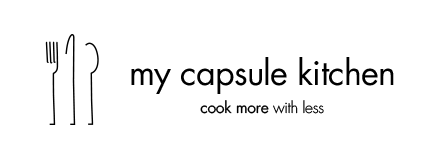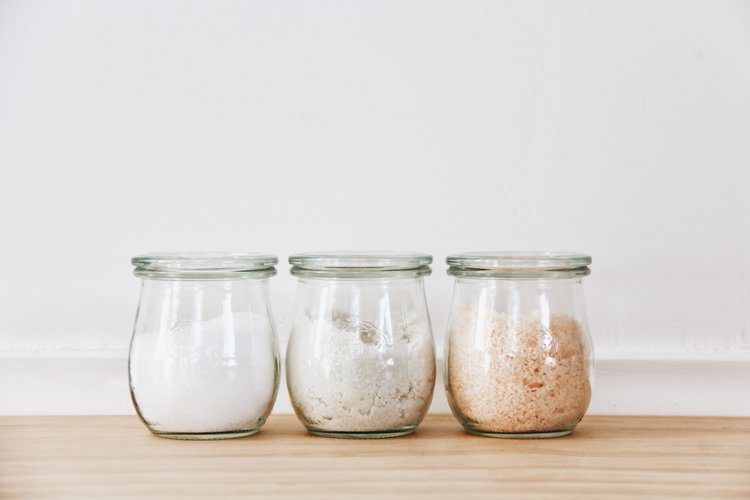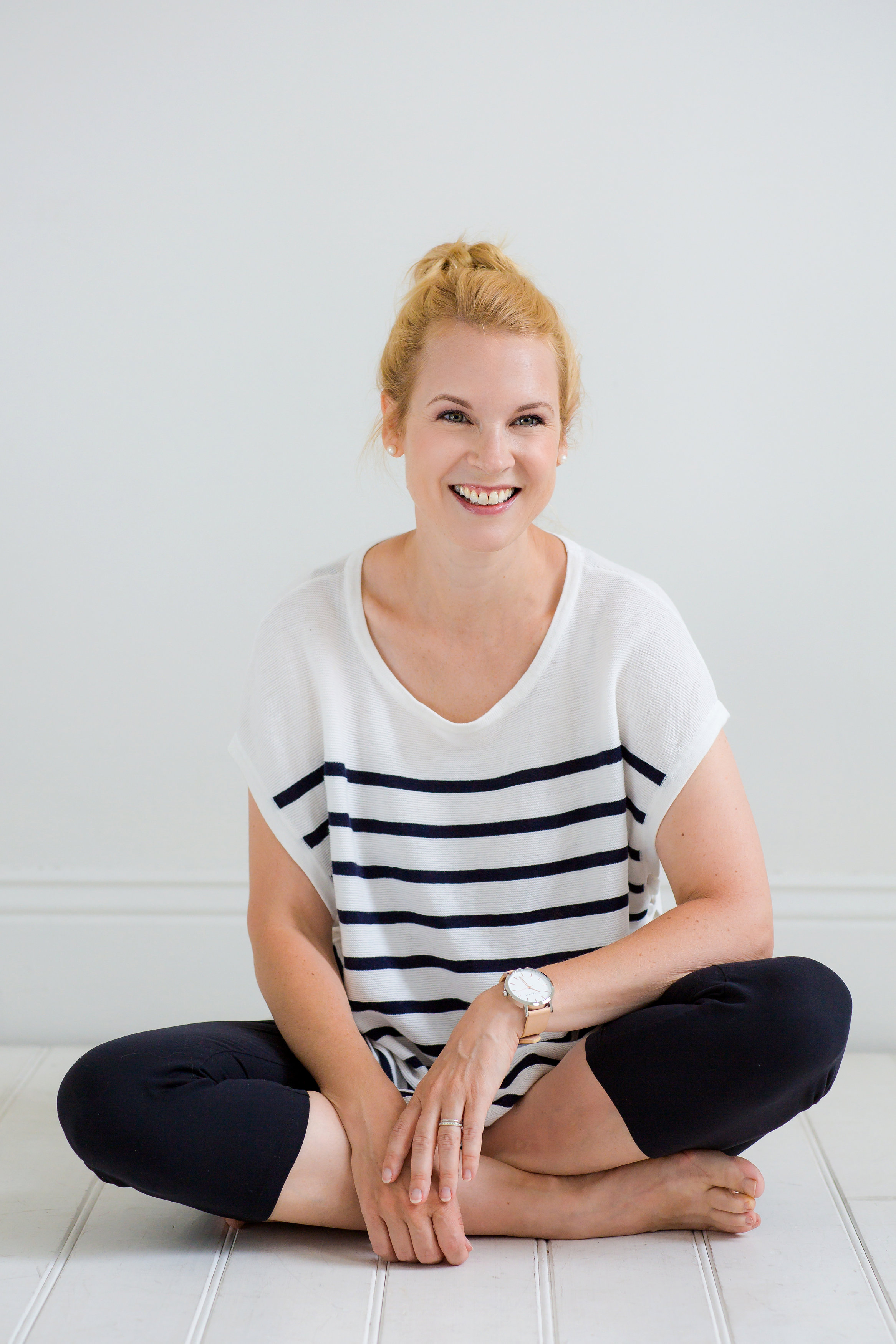I love salt. Long gone are the days when we only had highly processed table salt and remember when salt in general was declared food enemy number one?
Today we have a lot of options when it comes to seasoning our dishes and I love having a bit of variety in my kitchen, including a couple of salts to choose from. I once gifted myself a set of 20 (!) different salts from all around the world. It looked beautiful! Himalayan Rock Salt was part of my kitchen for years, but now I don’t longer use it.
Why I don’t use Himalayan Rock Salt
These days I have three types of salts in my kitchen and Himalayan Rock Salt is no longer part of it. Turns out it may be good for you, but sadly it is not great for the environment. Who knew. I sure didn’t until very recently, when I discovered this article by Laura Trotta. It struck a chord with me immediately.
The main reasons why Himalayan Rock Salt is not a sustainable choice for me are:
- It is mined, in Pakistan. Which means land disturbance and greenhouse gas emissions.
- It is a finite resource, which means it is not renewable like sea salt for example.
- It has huge food miles, especially if you live in Australia.
- It’s not the only mineral salt out there, it’s just been marketed very well.
There is a lot of hype about Himalayan Rock Salt, particularly for its health benefits. In recent years it has gone from being known to only a few and available only in specialty wholefoods shops to being sold in bulk, cheaply in any given supermarket. When I did research for this article, I couldn’t find any scientific proof listed anywhere on the health benefits of this salt. The claims, as far as I can tell, are based solely on the trace minerals it contains. Which are minuscule, given the amount of salt you will ingest.
My reasons for using it were far more shallow, I simply liked the fact that it was pink! And it tasted good. If it came with added minerals that are good for my body, even better. But having learned the above facts, it now no longer has a place in my kitchen or pantry.
So what are the alternative salts to use?
Well, it depends what you are using it for (and where you live). Personally, I now keep three types of salts in my kitchen:
- Murray River Pink Salt Flakes
- Celtic Sea Salt
- Table Salt
Murray River Pink Salt Flakes
Murray River Pink Salt Flakes satisfy my need for pink :). It also contains minerals such as magnesium, sulphate, calcium, potassium, iron and iodine. If you’re keen for exact figures you can see them here. It is beautiful to season your food with while you’re cooking or to have a little bowl on the table to sprinkle on your bread or adjust your seasoning once dinner is served.
Moreover, it is a natural resource and they are part of the Salt Interception Scheme which ensures saline water does not enter the Murray River which is a precious life source for many food producers in South East Australia. As Laura put it: they help combat one of our country’s most significant environmental issues, inland salinity. Win win for everybody I would say!
Celtic Sea Salt
Celtic Sea Salt is manually harvested on the coast of Brittany, France without mechanical manipulation. The geographical orientation of the Atlantic and the climatic conditions of the region play an important part in the unique mix of sea minerals and the quality of salt that is extracted. The salt is filtered through marine wetlands that are among the cleanest and very closely protected.
I found an interesting comparison of Himalayan Rock Salt and Celtic Sea Salt. Have a read in more detail if you wish to, I took away from it that the mineral content in Celtic Sea Salt is actually higher than in Himalayan Rock Salt. Enough said. So if you are after a mineral salt I’d say Celtic Sea Salt would be the better choice. For you and for the environment.
Celtic Sea Salt as it is sold by Salt of the Earth is certified by two of the world’s most respected associations, “Nature et Progres” of Europe and the “Biological Farmers of Australia“, which means you don’t have to worry about pollution in the sea.
Yes, yes, yes, the food miles. I know.
Look, I spent many childhood holidays in Brittany and whilst I love living in Melbourne and feel strongly about buying and supporting local, please grant me a smidge of sentimentality. I don’t use a lot of it and can buy a scoop full at my local wholefoods bulk food shop so at least I’m supporting a small local (organic) business in the process.
But if you read this and live in Europe this may well be a beautiful choice for you!
Table Salt
I keep regular table salt in the kitchen for pasta or boiling potatoes and for genius cleaning hacks.
So many choices!
And there you have it! The three salts I currently keep in my kitchen.
Waving good bye to Himalayan Rock Salt was easy. In the process of reading up for this article I have also come across a few other Australian salts that I’d love to try and will keep my eye out for:
Did you find this article useful? Do you stock more than one salt in your kitchen? If so, which ones?
Leave a comment below, I’d love to hear from you!
Katrine. x


